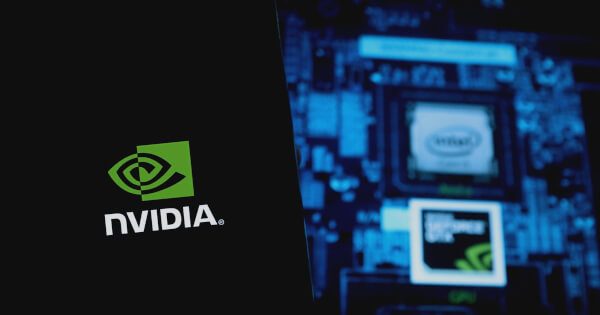The recently published paper, “ChatQA: Building GPT-4 Level Conversational QA Models,” presents a comprehensive exploration into the development of a new family of conversational question-answering (QA) models known as ChatQA. Authored by Zihan Liu, Wei Ping, Rajarshi Roy, Peng Xu, Mohammad Shoeybi, and Bryan Catanzaro from NVIDIA, the paper delves into the intricacies of building a model that matches the performance of GPT-4 in conversational QA tasks, a significant challenge in the research community.
Key Innovations and Findings
Two-Stage Instruction Tuning Method: The cornerstone of ChatQA’s success lies in its unique two-stage instruction tuning approach. This method substantially enhances the zero-shot conversational QA capabilities of large language models (LLMs), outperforming regular instruction tuning and RLHF-based recipes. The process involves integrating user-provided or retrieved context into the model’s responses, showcasing a notable advancement in conversational understanding and contextual integration.
Enhanced Retrieval for RAG in Conversational QA: ChatQA addresses the retrieval challenges in conversational QA by fine-tuning state-of-the-art single-turn query retrievers on human-annotated multi-turn QA datasets. This method yields results comparable to the state-of-the-art LLM-based query rewriting models, like GPT-3.5-turbo, but with significantly reduced deployment costs. This finding is crucial for practical applications, as it suggests a more cost-effective approach to developing conversational QA systems without compromising on performance.
Broad Spectrum of Models: The ChatQA family consists of various models, including Llama2-7B, Llama2-13B, Llama2-70B, and an in-house 8B pretrained GPT model. These models have been tested across ten conversational QA datasets, demonstrating that ChatQA-70B not only outperforms GPT-3.5-turbo but also equals the performance of GPT-4. This diversity in model sizes and capabilities underscores the scalability and adaptability of the ChatQA models across different conversational scenarios.
Handling ‘Unanswerable’ Scenarios: A notable achievement of ChatQA is its proficiency in handling ‘unanswerable’ questions, where the desired answer is not present in the provided or retrieved context. By incorporating a small number of ‘unanswerable’ samples during the instruction tuning process, ChatQA significantly reduces the occurrence of hallucinations and errors, ensuring more reliable and accurate responses in complex conversational scenarios.
Implications and Future Prospects:
The development of ChatQA marks a significant milestone in conversational AI. Its ability to perform at par with GPT-4, coupled with a more efficient and cost-effective approach to model training and deployment, positions it as a formidable tool in the domain of conversational QA. The success of ChatQA paves the way for future research and development in conversational AI, potentially leading to more nuanced and contextually aware conversational agents. Furthermore, the application of these models in real-world scenarios, such as customer service, academic research, and interactive platforms, can significantly enhance the efficiency and effectiveness of information retrieval and user interaction.
In conclusion, the research presented in the ChatQA paper reflects a substantial advancement in the field of conversational QA, offering a blueprint for future innovations in the realm of AI-driven conversational systems.
Image source: Shutterstock








